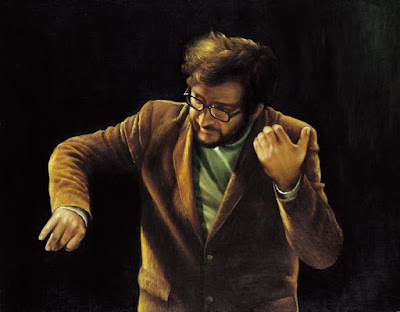Anamnesis

1. Johann Sebastian Bach (1685–1750) Suite No. 1 in G Major, BWV 1007, for solo cello “Monophonic music wherein a man has created a dance of God.” – Wilfrid Mellers From 1717 to 1723, Johann Sebastian Bach was employed by Prince Leopold as Kapellmeister at Köthen. With a court orchestra of 17 accomplished musicians available, it was during this period that he produced the bulk of his instrumental music, including the four orchestral suites, the six Brandenburg Concertos, and the most substantial part of his chamber music. In the midst of this enormous output are twelve jewels – six sonatas and partitas for solo violin and six suites for solo cello – and a lingering mystery. Polyphonic writing was the gold standard of the Baroque. There are essentially only two ways of creating polyphony on a solo violin or cello. One way is to play two or more strings at once ("double-" or "triple-stopping") or arpeggios (“brok




